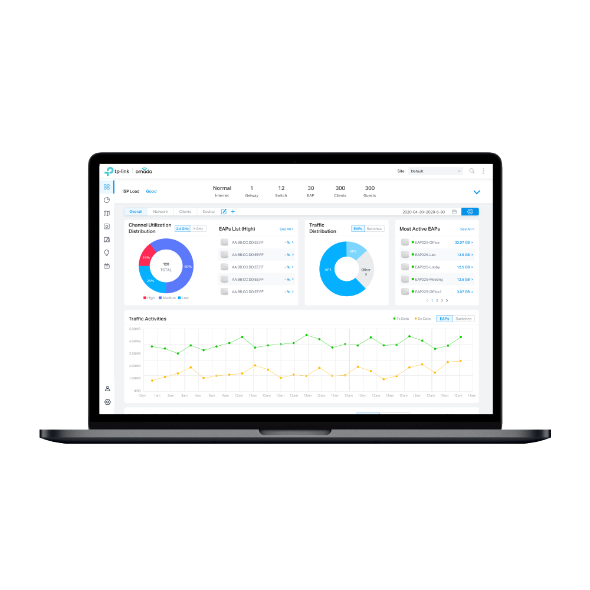What Is the Difference Between Login Account, Device Account and User Account in Omada Controller?
This article applies to Omada Controller 2.6.0 or above.
When using Omada Controller software to manage EAP devices, you can see three kinds of accounts, including login account of Omada Controller, device account on Omada Controller and user account of an EAP. This article introduces the difference between these accounts.
Login Account of Omada Controller
The login account is used to log in to Omada Controller. There are three types of login accounts: administrator, operator and observer. Different types of accounts have different privileges.
First, an administrator account needs to be created in the quick setup when you launch the software for the first time.

Note: Remember to configure the mail server after you log in to Omada Controller. Then if you forget the password of administrator login account, you can retrieve your password via the email address. Or you may need to reinstall the software if you forget your password.
After the quick setup is done, you can use this account to log in to Omada Controller.

After logged in to Omada Controller as an Administrator, you can go to Admin > User Settings to edit the current login account or create other login accounts.

To edit the current account, click  in the Action column.
in the Action column.
To create a new account, click Add. In the pop-up window, select your desired account role and configure the username, email, password and site privileges. An administrator has all rights on Omada Controller; an operator can change settings but cannot manage login accounts; an observer can only view settings and monitor network.

Device Account on Omada Controller
The device account is set on Omada Controller and will be pushed to all the managed EAP devices. That is, the user account of an EAP device will be changed to the same as the device account on Omada Controller after it is adopted.
You can go to System > Device Account to view or change the device account. By default, this account is the same as the administrator account set in the quick setup when you first launch Omada Controller.

User Account of EAP Device
The user account of an EAP is used to log in to the EAP when it is not managed by Omada Controller. What’s more, this account is needed when you adopt the EAP on Omada Controller. The default username and password of user account are both admin.
In the quick setup, Omada Controller automatically tries to adopt the selected EAPs using the default username and password of user account (both are admin). However, if you have changed the username or password of your EAPs before, Omada Controller cannot automatically adopt them, and you need to adopt them manually:
Go to Access Points > Pending. The table displays all the EAPs that have not been adopted. Click the Retry button.

The following window will pop up. Enter the current username and password of the EAP and click Apply. After the EAP is adopted, its user account will be changed to the same as the device account.

When an EAP is adopted, please note the following points:
- You cannot log in to the web page of the EAP.
- If the device account is changed, the user account of the EAP will be changed simultaneously.
- If you forget the password, you may check the device account or reset the EAP.
If you do not need to manage an EAP through Omada Controller, you can go to Access Point > AP/Name > Configuration > Forget this AP and click Forget. Then the EAP will be reset to the factory defaults and you can use the default username and password of the user account (both are admin) to log in to this EAP.

Is this faq useful?
Your feedback helps improve this site.
TP-Link Community
Still need help? Search for answers, ask questions, and get help from TP-Link experts and other users around the world.








